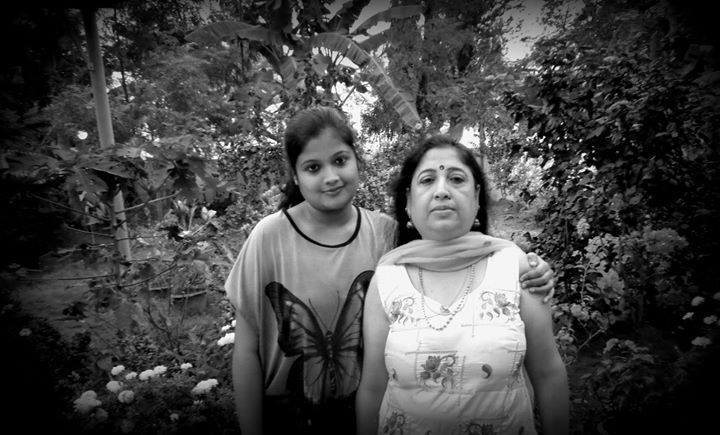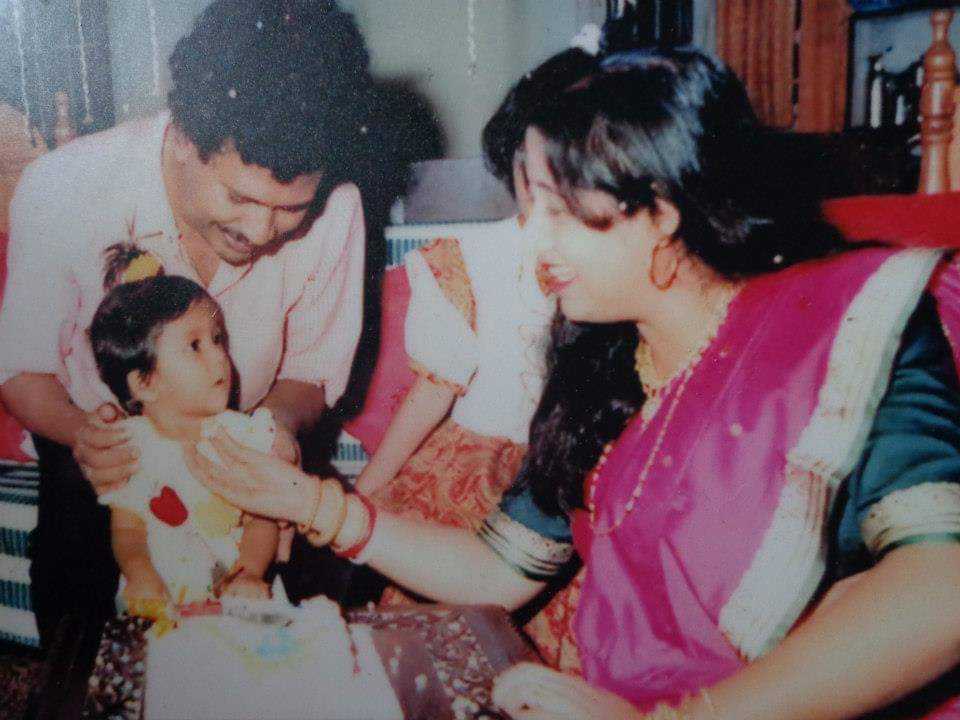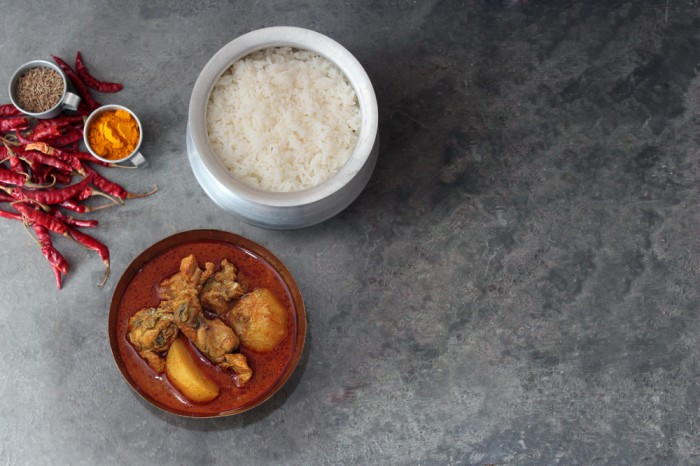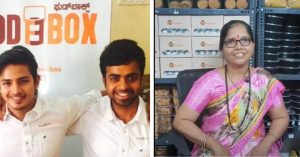Plating Memory: How My Mother’s Food Helped Me Deal With Her Loss
Struggling with the loss of her mother due to COVID-19, a grieving daughter shares how cooking helped her heal and honour her Ma through the food that she loved. #WorldFoodDay

Few things make you realise who you are more than the loss of your mother. With my mother, Putul Pal, it was her food.
It has been a few months since the day my Ma slipped away from my life. Her abrupt loss left a deep wound and unending questions that haunt me every night. One of the few things that helped me cope with this all-consuming pain was cooking the food she would so lovingly make for me.
It also put me on a journey of self-discovery, a quest to find my mother within myself and eventually, me as a person.
Like so many young women in India, I have spent most of my life trying to ‘be my own person’ and charting the different paths that I wanted for myself. Since I can remember, my Ma has been my backbone in this search for individuality, tirelessly pushing me to chase my dreams.
Yet, I never wanted to be her. After all, I was going to be ‘different’. From the food she made to the Ekta Kapoor-style TV shows she watched, I would constantly argue with her about the choices she made. “Why are we eating a weird saag that most people don’t even know the name of,” I would exasperatedly ask her.
Until May 2021, that is, when she was no more, and there were no more chances of eating Maayer haather khaabar (food made by mother’s hands). Food that is more than just a collection of recipes. It stands for roots, home and love.
It was her loss that finally made me realise roots run deep. All my life, I have felt rootless, as a Bengali girl who has lived in Goa, Andamans, Puducherry and Bengaluru but never in Bengal. I know how to whip up a mean Cafreal or Podi Idli, but I never learnt how to make the traditional Bengali dishes that I grew up with.
But her death made me realise that I did have roots and that they mean everything when the world falls apart around you.

As I struggled to make sense of this crushing loss, my memories often turned to food. My mother had been my portal into the culinary world. A total foodie, she would delight in deliciousness and pour all her love into feeding me.
I remember sunny afternoons on the balcony as she fed me dollops of ghee-laden ‘Khichuri’ (Rice-Lentil Medley) while turning the birds in the sky into characters for her stories; long power cuts on rain-drenched evenings, when she fried up ‘Fulkopi Pakora’ (Cauliflower Fritters) in candlelight; birthdays and Pujo days when she stirred up the best ‘Payesh’ (Rice Pudding) in the world; the umpteen boxes she packed for me every time I would leave for a new semester of college, slipping in surprise treats ever so often.
Even after I got married and moved away, every call from her would begin with, ‘Khabar kheyechis?’ (Have you eaten?) — a question she continued to ask me every single time I visited her in the ICU, even as her battered body battled the coronavirus.
How would I ever cope with the loss of a love so big, so boundless? It was like a kick in the gut, realising that never again would I taste my mother’s food. Every time it struck me that I would never hear her voice again, telling me to give my work a break and eat my lunch first, my heart breaks into pieces.
In this yearning, I could feel her slipping away, and I wasn’t ready for this to happen.

So I began cooking, trying to rustle up everything Ma would make for our family — recipes that no one in our family had written down because we had simply assumed she would always be around.
There were days when I couldn’t bear to enter the kitchen at all, so heavy was the pall of my mother’s absence. But it was in the same kitchen that I put myself back together again.
Immersing myself in cooking what she loved was cathartic. I would summon those moments with Ma, remembering her as she was before, rediscovering the tastes that she gave me. It taught me that a mother’s food, just like a mother’s love, never dies.
Now, when I make traditional Bengali food, I feel her with me, guiding my hand and taking pride in my littlest triumphs. I share these dishes with friends and family, recounting stories about the incredibly strong, vibrant woman who gave me life.
Strangely, it makes me feel more at peace, more complete, more true to who I am.
As Matshona Dhliwayo has said, ‘It is in the roots that a tree’s greatest strength lies’. So ever since, I have been digging into my memories and trying to recreate Ma’s signature dishes, including her special Begun Bhaja (Tender Eggplant Fries) and mellow Murgir Jhol (Chicken Curry) that my husband adores. They may not be exactly like Ma’s, but they have enough of her reflection to give me solace.
Ma’s Recipe for Murgir Jhol

1 kg chicken (cut into small pieces)
3 medium potatoes (peeled and cut into large pieces)
3-4 large onions (thinly sliced)
3 green chillies (slit into two)
Coriander leaves (roughly chopped for garnish)
200 gm curd
2 tbsp ginger-garlic paste
2 tomatoes (pureed)
2 bay leaves
1 tsp cumin seeds
2-inch cinnamon
5 cloves
5 green cardamom
1 tsp cumin powder
1 tsp coriander powder
1 tsp turmeric powder
1 tsp Kashmiri chilli powder
1 tsp Red Chilli powder
1 tsp Bengali garam masala
1/2 tsp ghee
4 tbsp mustard oil
1 tsp sugar
Salt as per taste
1. Wash the pieces of chicken thoroughly and marinate them with half of the ginger-garlic paste, curd, 1 tbsp mustard oil, salt and a pinch of every spice powder for 3-4 hours.
2. Pour 3 tbsp mustard oil into a deep pan, heat it till it starts smoking and fry the potato pieces till golden brown. Add a little turmeric and salt while frying. Once fried, remove and keep them aside.
3. In the remaining oil, add the bay leaf, green cardamom, cinnamon, cloves and cumin seeds. Once they pop, add the sugar and cook until it caramelizes. Then add sliced onions and fry till they turn translucent in colour.
4. Add the remaining ginger-garlic paste and roast the mixture for 2-3 minutes on a low flame before adding the pureed tomato. Stir fry for 5 minutes, then add all the spice powders except Bengali Garam Masala. Add a dash of water and let it cook for 7-8 minutes.
5. Add the marinated chicken and fry on a high flame for 2-3 minutes. Then cover and cook for 10 minutes on low flame till the oil starts separating. Now add fried potatoes, mix well and cook for 4-5 minutes.
6. Add a litre of hot water and the slit chillies. Bring to a boil and then let it simmer on a medium flame for 10 minutes or till chicken softens completely. Check the level of spice and salt, and adjust accordingly. Sprinkle the Bengali Garam Masala powder and the ghee before garnishing with the chopped coriander leaves.
7. Switch off the flame and let the Murgir Jhol stand for 5-8 minutes. Serve hot with steamed rice.
(Edited by Yoshita Rao)
This story made me
- 97
- 121
- 89
- 167
Tell Us More
We bring stories straight from the heart of India, to inspire millions and create a wave of impact. Our positive movement is growing bigger everyday, and we would love for you to join it.
Please contribute whatever you can, every little penny helps our team in bringing you more stories that support dreams and spread hope.



















